Get refreshed with this fizzy, probiotic fermented lemonade recipe. Made from scratch with live organisms that provide natural carbonation.
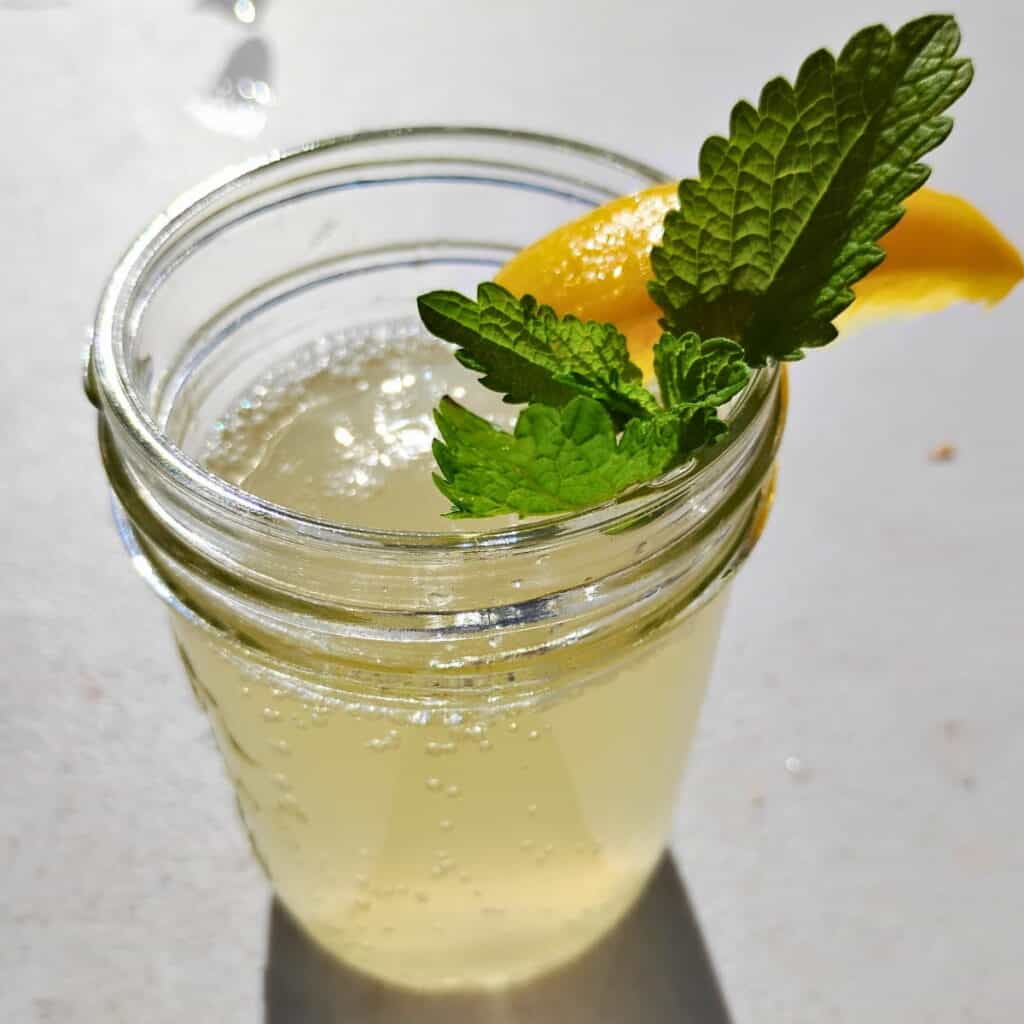
This post contains affiliate links. As an Amazon affiliate, I make a small commission at no extra cost to you if you make a qualifying purchase. See my full disclosure here.
Learn how to make your own, probiotic fermented lemonade using 4 different starters that provide natural carbonation. You can choose your favorite, they all work and you won’t taste much difference in the end, however the microbiota inside the sodas will differ from one to the other. Whenever you ferment foods, you’ll get a nice, diverse array of microbes to feed your gut microbiome! So let’s get into it!
If you like homemade fizzy lemonade, you’ll love a naturally carbonated hibiscus soda! And you’ve got to try this awesome scratch-made, brewed ginger beer, or you might enjoy a quickly made ginger ale using seltzer water. And if you work hard in hot weather, replace your lost electrolytes with switchel, also called haymaker’s punch. Ditch the sugary gatorade! This is a homemade electrolyte drink to help you regain your energy and restore essential minerals in your body naturally.
- How To Make Fermented Lemonade And Its Benefits
How To Make Fermented Lemonade And Its Benefits
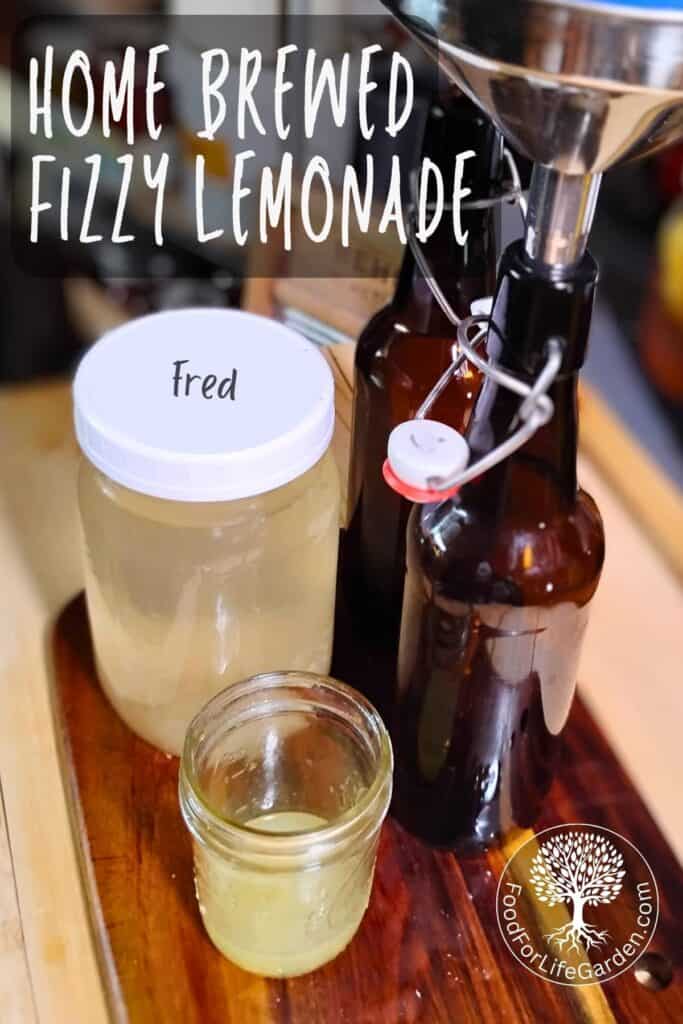
Are you often wishing for healthy alternatives to sodas that don’t break the bank? If you enjoy sparkling drinks and want to avoid the commercial brands that are full of corn syrup, GMO ingredients, toxic food coloring, and weird stuff that you can’t pronounce, give homemade, probiotic sparkling sodas a try. If you make them yourself, it will save you a pretty penny over the varieties from the health food store too.
In contrast with those grocery store sodas, these homemade sodas are full of healthy benefits. You’ll get probiotics, vitamins, and minerals that are lacking in today’s commercial sodas.
And, depending on what ingredients you add, you can even get impressive extra health benefits such as when making ginger ale, root beer, or turmeric soda.
In general, homemade brewed sodas can be pretty healthy and if you choose your ingredients wisely, you don’t have to feel guilty about drinking them. There are sugars in them, but much less than you’d find in commercial sodas. Besides, there are many healthier sweetener alternatives to the corn syrup that is commonly used.
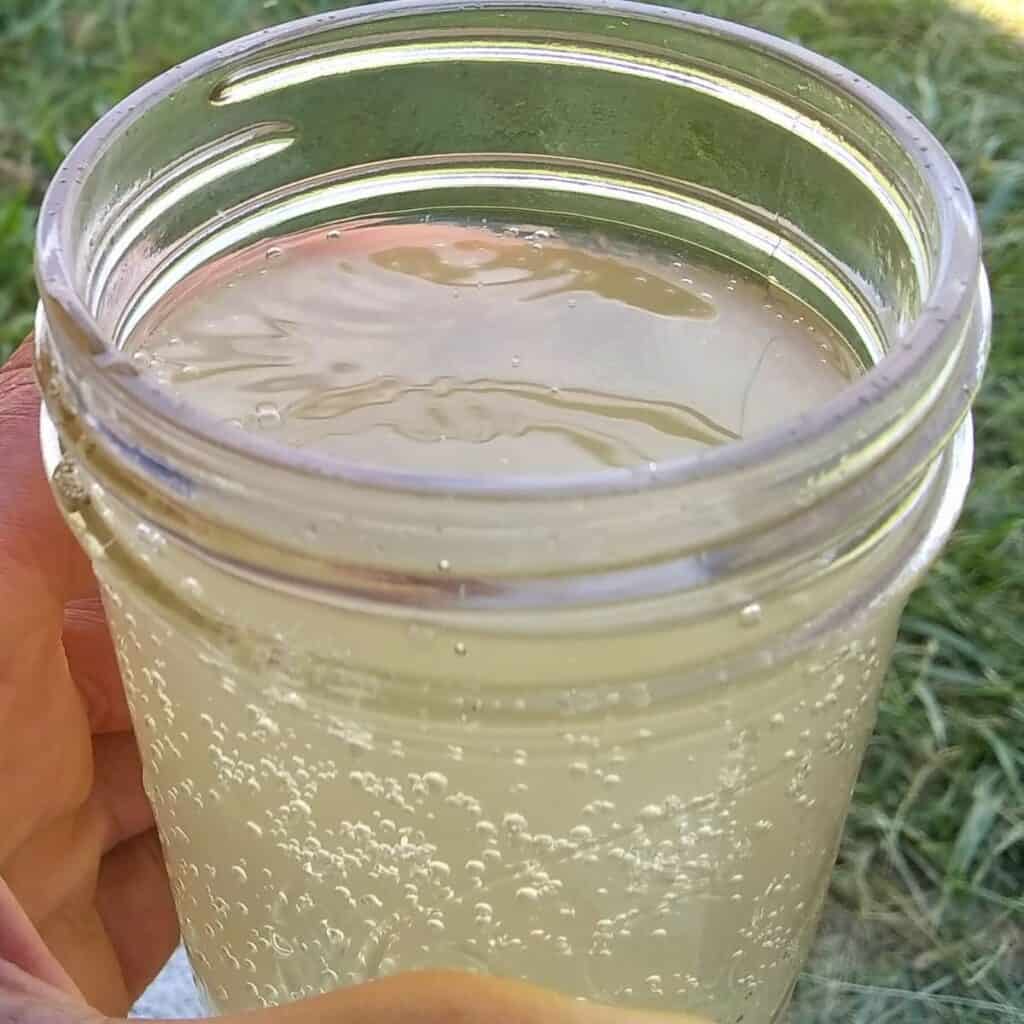
I never was a big soda drinker. We rarely had sodas when I was growing up in Germany, maybe for a birthday party or other special occasion. We’d enjoy seltzer water, fruit juices occasionally, and sparkling fruit juices by mixing the two. Once in America though, during my early 20s, they were everywhere and I started drinking them more.
However, it wasn’t long before the newness of drinking sodas wore off, and I quit drinking them. They are just too cloyingly sweet and offer little satisfaction otherwise. Homemade sodas are so different and much better in my opinion. I do enjoy drinking them in the summer.
About Soda Starters
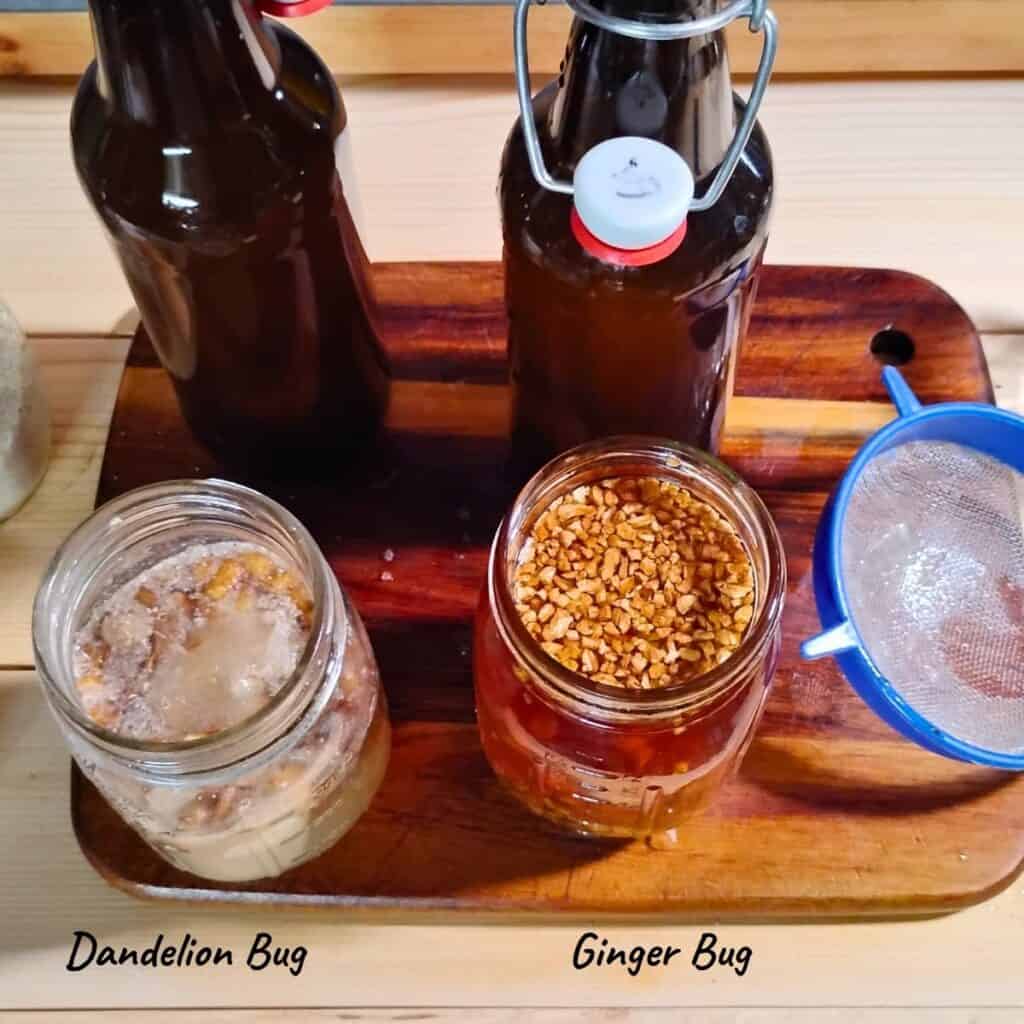
I’ve been making several kinds of sparkling sodas, using different soda starters, and I’ll provide an overview in the next section. Each has its own set of microorganisms that work on creating a probiotic, carbonated lemonade or other flavored soda.
Fermentation, using live starters or wild fermentation, has so many other benefits too. When you ferment foods, the nutrient value within the food actually increases.
This is something that was recognized during the age of sail, when sailors took fermented sauerkraut to prevent scurvy during the long months at sea. Cabbage has a good amount of vitamins, but the process of fermentation predigests the vegetables, which actually increases the available vitamins and makes them more bioavailable to your body. Thus, fermented foods will be easier to absorb, which means, your body can use more of it than if you didn’t ferment the food. How cool is that?!
So, I’m a fermentaholic and like to give most everything a try at fermenting. And it is rare that the process lets me down. Not all results are especially desirable, but I prefer most fermented foods over the canned versions. And I prefer the health benefits I get from fermenting.
So in the case of soda, instead of drinking a sugar-laden, GMO stuffed drink, that will get my blood sugar spiking high and send my gut microbes off balance, which invites such nemeses as free radicals to prosper, feeds candida and causes inflammation in the body, I prefer this healthier, fermented version to help me achieve the opposite: A healthy, balanced gut flora and immune support.
Select Your Soda Starter
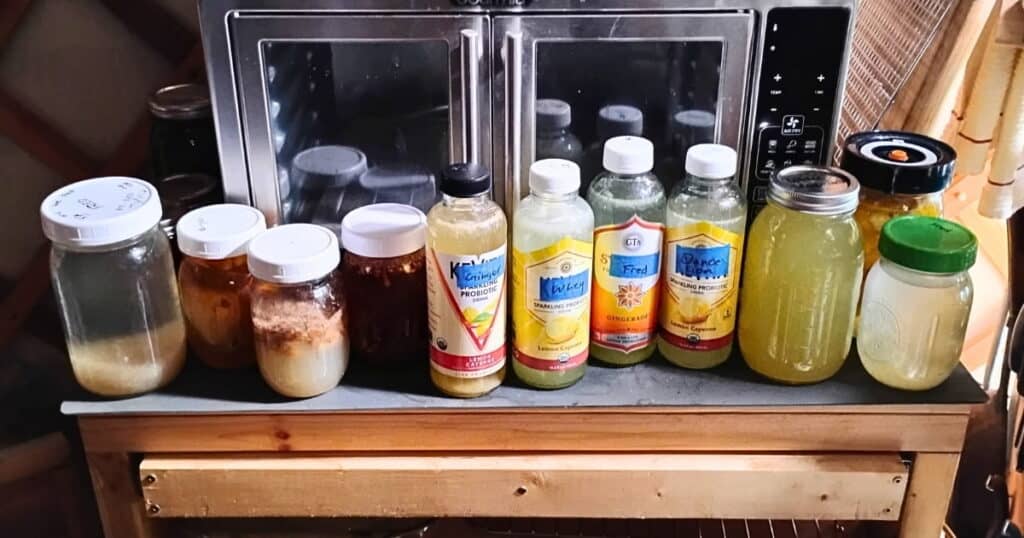
Our homemade probiotic fermented lemonade starts with a starter. We need to ferment a starter first and then use it to make the lemonade. Making this lemonade is actually called a second fermentation. The first fermentation makes the starter, then the starter is used to produce the lemonade in a second fermentation.
You can use any of the starters below to make your sparkling lemonade. Each of them imparts different microorganisms into your soda and all of them have wonderful health benefits. Water kefir is the most diverse and has a broad spectrum of bacteria and yeasts that work together in a symbiosis. It is arguably the most healthy of all the starters and can really give your health a great boost if you drink it regularly. But all the starters are great and offer much that you can’t get in regular commercial grocery sodas.
I’ll give a brief explanation of the 4 starters I used and provide the sparkling lemonade recipe afterwards, which is almost the same procedure for all the starters.
01 Water Kefir
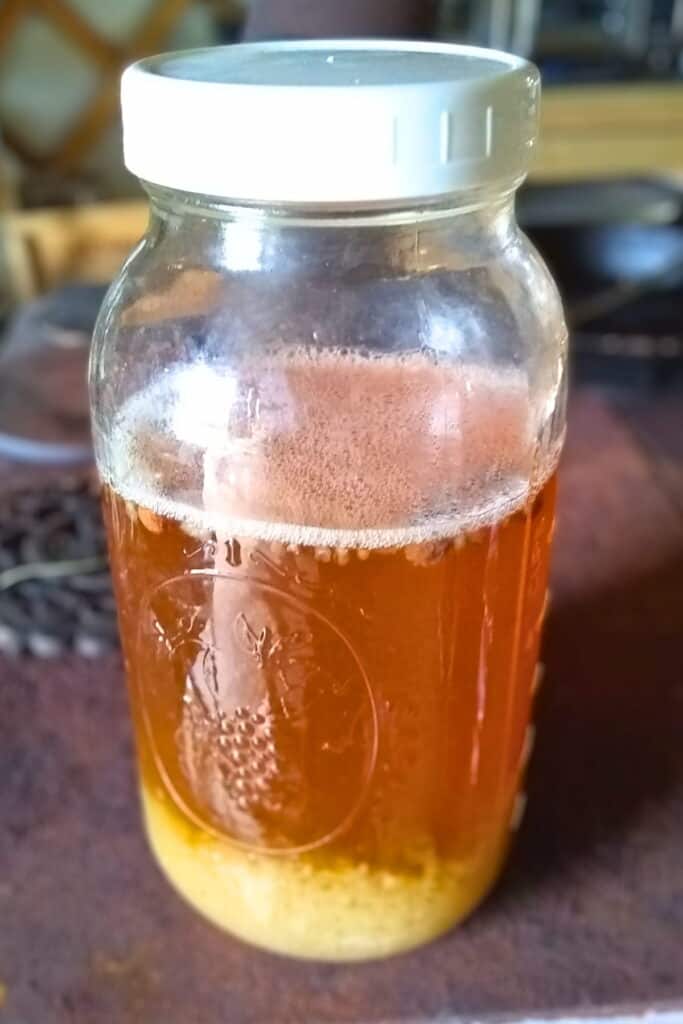
Water kefir is a breed all its own made up of ‘grains’ that are a form of SCOBY.
I named mine Fred, a delightful creature that bubbles away on my counter without complaining, which sometimes makes me forget about him for a while, but he’s very cool about it and forgiving. This critter is unlike the dogs, goats, chickens, and pigs, where I can’t be an hour late feeding them and not get some very vocal complaints.
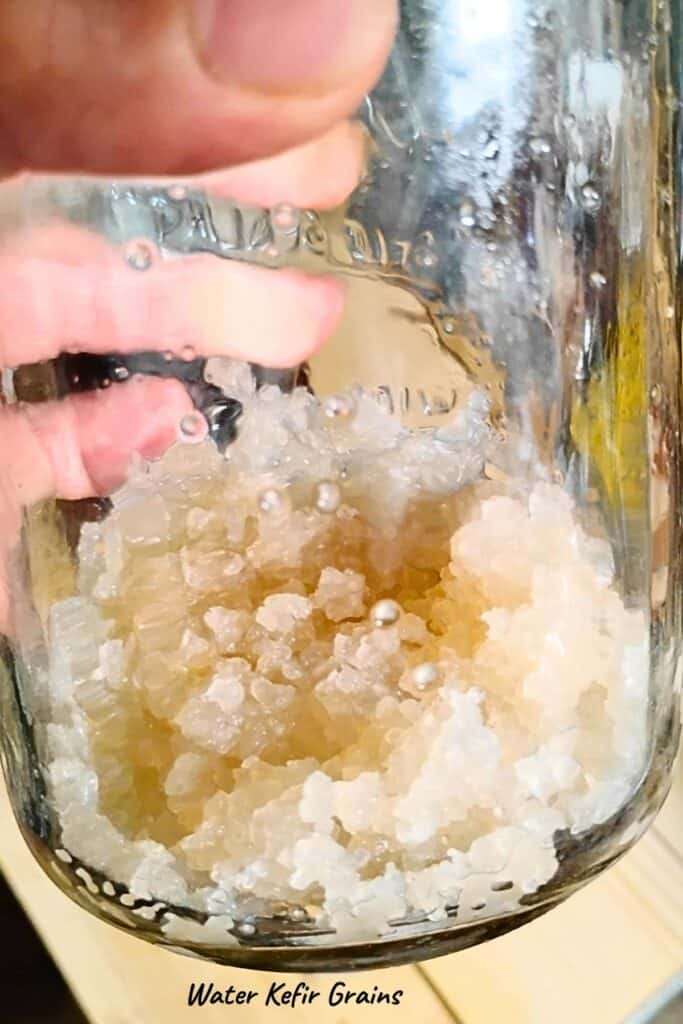
SCOBYs (symbiotic cultures of bacteria and yeasts) such as Kefir grains and Kombucha SCOBYs, have been found since ancient times on plants in various countries and continents.
There doesn’t seem to be any exact data as to where or when they have originated, but for example people in Mexico have been using kefir grains, called tibicos, that they found growing at the base of the Opuntia cactus. They have been using it to make fermented drinks for centuries from what we know.
Since SCOBYs have originated from various continents, strains may vary when you purchase yours. But they all are full of diverse microorganisms that can support our health.
Water kefir is rich in microbial diversity, more so than whey or a ginger bug. It has more diverse bacterial and yeast strains than even yogurt. For that reason it is a great addition to your diet, adding a fantastic array of probiotics.
However, some people can be sensitive to these foreign bacteria and might have reactions such as bloating and discomfort. Most often, starting with small amounts and continued use can reduce these initial responses and they will eventually subside. But a locally grown ginger or dandelion bug, or whey, might be a better starter to use in that case, since the bacteria that’s growing in them are local to where you live and your body is likely used to them.
Water Kefir Benefits
Gut Health and Digestion: Water kefir is great at promoting gut health by balancing the gut microbiome. This can result in better digestion, increased nutrient absorption, better mental health, and enhanced overall health.
Immune System Support: Probiotics can help support a healthy immune system and promote healthy immune responses.
Anti-inflammatory: Water kefir can reduce inflammation markers and improve symptoms of chronic inflammation.
Heart Health: Kefir might lower blood pressure and reduce risk of heart disease.
Cancer: Kefir might be of use in blocking the growth of certain cancer cells and possibly help prevent cancer.
Reducing Risk Of Infections: Studies have shown that water kefir may lower risk of infections. Some strains of probiotics might help reduce risk of respiratory infections, intestinal infections and prevent urinary tract infections.
I plan to do an article about water kefir and how to maintain and use it, hopefully soon. It is one of my favorite soda starters. If you’re interested in getting Kefir grains and for more information, check out cultures for health. I recommend live kefir grains if you decide to get them. I have not had good luck with dried ones in the past and reviews are not so good on dried ones either.
Sources: Healthline, Consensus, Cultures for health
02 Whey
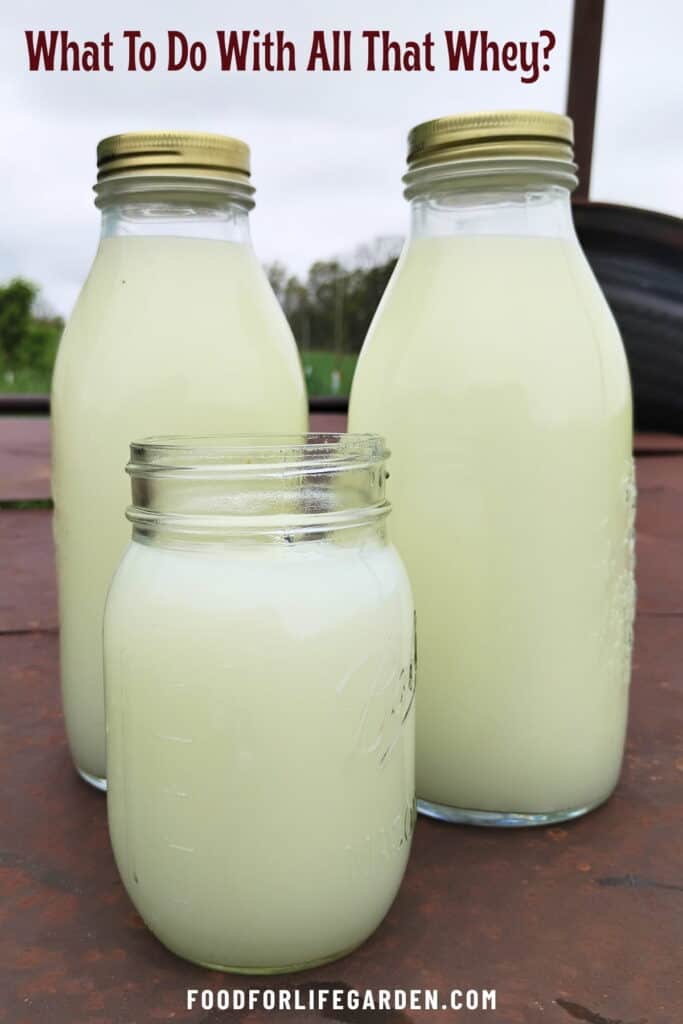
Whey is such a useful ‘by-product’ of cheese making and I think people are catching on. I’ve seen some articles lately that provide a recipe for how to MAKE Whey, lol. It’s funny, because it has always been the bane of the cheese maker to have such a huge amount of whey to do something with.
Oh, what to do with all that whey?
Well, one thing you can do is make sparkling lemonade, but there are many other things if you’re faced with copious amounts of wonderful whey from draining yogurt or making cheese. Head on over to Awesome Uses for Whey to learn more.
Whey contains a lot of important nutrients, probiotic bacteria, minerals and the ability to produce carbonated sodas. How cool is that?! You’ll need to use active whey for this recipe, preferably pretty fresh.
Whey from a heated cheese such as queso fresco won’t work in this recipe. The probiotic bacteria have been killed in the heating process and they are the ones we need. And, when straining yogurt to get whey, make sure that the yogurt has live bacteria in it.
Benefits of Whey
We don’t get as many benefits from whey with regards to nutrients, if we use only a small amount as a starter, however, we do get the probiotics that are present in whey and those will increase when we ferment a soda.
These probiotics have numerous health benefits as you can read in the above paragraph on water kefir. Whey has less diversity of microorganisms, compared with water kefir, but it is still an important source of healthy probiotics that will populate our sodas and imbue them with some wonderful carbonation.
Whey contains essential nutrients, which can be used as food by the microorganisms that work at fermenting your soda, and will aid in the growth and activity of the bacteria and yeasts, which will result in carbonation. They can also help improve digestion, boost immunity and reduce the risk of diseases.
Learn more about the health benefits of whey in my article about awesome uses for whey!
03 Ginger Bug
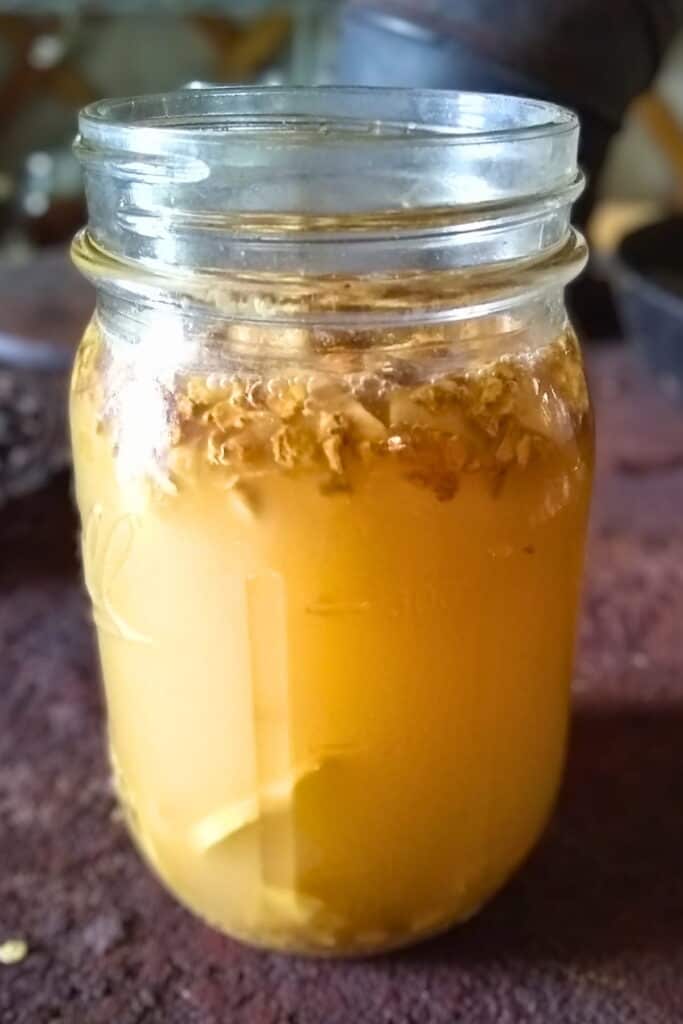
Unlike using a preexisting SCOBY, or whey from yogurt or cultured milk, with a ginger bug we use wild fermentation of ginger rhizomes.
The advantage here is, especially if you grow it yourself, that we are catching local microorganisms. These are particularly beneficial for us because our bodies might accept them more readily and be able to easily make use of them, having been exposed to them and having lived in the same environment.
The downside is that they are not as diverse as those in water kefir. But if you vary your fermented food intake, you’ll still get a great amount of microbial biodiversity in your diet.
I love my friend Ginger, the ginger bug. She hangs out next to Fred and does her little thing. She prefers to be fed daily and gets a bit sluggish in really high heat, but she keeps on bubbling as long as I don’t forget about her. And she makes some awesome ginger beer for me.
Benefits of the Ginger Bug
A ginger bug contains live and active bacteria that can benefit gut health, help break down food, and improve digestion. Ginger contains probiotics and antioxidants that might protect from chronic diseases by neutralizing free radicals. This results in lowered oxidative stress, and it can boost immunity, and reduce inflammation.
Ginger has antimicrobial properties that can fight harmful diseases and has anti-inflammatory properties to help reduce pain and swelling.
A ginger bug is also really good at making carbonation in sparkling lemonade. If you use ginger syrup as a base for your lemonade, you’ll also get the awesome spicy flavor and more of the health benefits of ginger in your sparkling lemonade. As an alternative you can add bottled ginger juice.
For more information about the benefits of ginger, check out my article about the health benefits of ginger beer and fermented ginger paste. Learn how to grow your own ginger, and you can learn how to make your own ginger bug from scratch.
04 Dandelion Bug
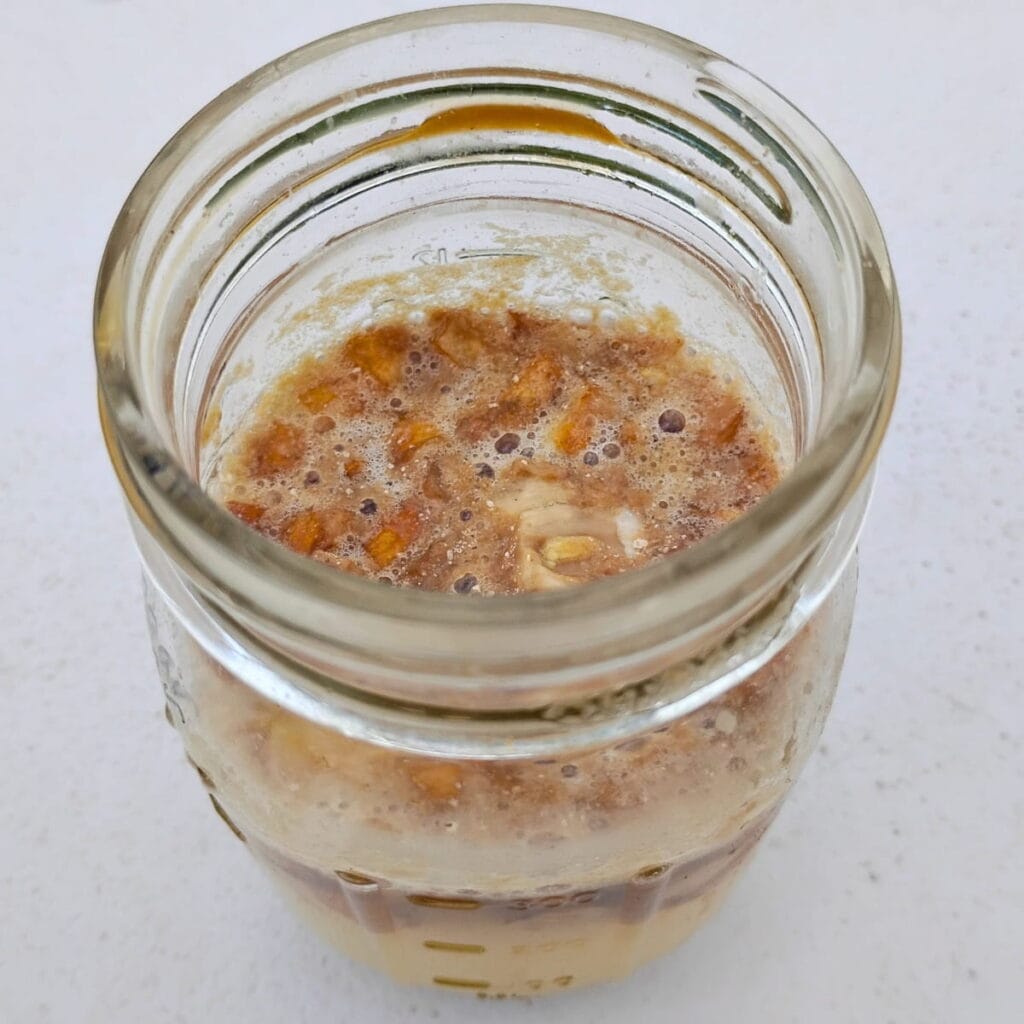
Here is my newest probiotic critter that I have not named yet, because she’s a baby still and has to prove herself in soda making. Today she’s taking her virgin trip into the soda making process. So stay with me and let’s find out together if she can make the cut to being a trusted source for making sodas. She’s looking mighty fine so far, and I would be so excited if she could prove herself valuable in this regard.
Dandelions are so healthy too, and they are everywhere. Got weeds anybody? So this would be a more sustainable source for continually maintaining a soda bug, unlike ginger, which I have to grow, and so it requires more input from me. And while I can grow a few ginger plants, my conditions are not exactly ideal for the mass production of ginger.
So stay tuned and I’ll let you know how the dandelion bug performs. I also plan to make a dandelion soda with the petals and write more about the benefits of dandelions. Subscribe to my newsletter if you’re interested in getting notification on the recipes and benefits of dandelion.
Update: I have just completed a new article about how to make a dandelion bug starter culture, which you can use for this soda. I gave her a name and the sodas she makes turn out perfect. So excited about that! Read all about making a dandelion bug!
Health Benefits of Lemons
Lemons come with their own impressive set of health benefits. If you love lemons, be sure to check out my post about preserving lemons. This will give you easy access to lemons any time you need some, right in your fridge. Preserved lemon paste or a few small pieces added to your brew can really kick up the flavor a notch.
High in vitamin C and antioxidants, lemons are great for supporting immune functions, protect from cell damage, possibly helping to prevent cancer, and to fight off infection.
Lemons can help with digestion and stimulate production of digestive juices, relieving bloating and indigestion. Lemons contain pectin fiber that can help regulate bowel movements and relieve constipation.
Studies show that Lemon juice might also help prevent anemia, because it can help the body to absorb iron from plants more easily.
Lemon juice contains citrate, which might help prevent kidney stones.
Lemonade can help maintain hydration, which is crucial especially in hot weather.
Lemon juice is also used to aid in weight management, improve skin health, and it might benefit the heart and lower blood pressure. It might also help prevent diabetes.
Source: WebMd
Disclaimer and Cautions:
Disclaimer: This site offers health and nutritional information for educational purposes only. Do not rely on this information as a substitute for professional medical advise! I am not a doctor or claim to be qualified in any way to give medical advice. I am self-taught and this article reflects just my opinions, experiences with natural health, and what I’ve learned from years of studying natural healing, herbalism, herbs, and their uses. This article is meant for entertainment, reference, and to encourage interest in herbalism and natural health. It is my hope to help you get to know traditional methods and appreciate herbs and their traditional uses.
As with every food or herb, there are people who might react adversely to any foods. I advise that you consult with your doctor, midwife, or naturopath if you are taking any medications, have health problems, or are pregnant or nursing, and that you approach dietary changes and new foods with caution.
How To Make Fizzy fermented Lemonade Soda From Scratch
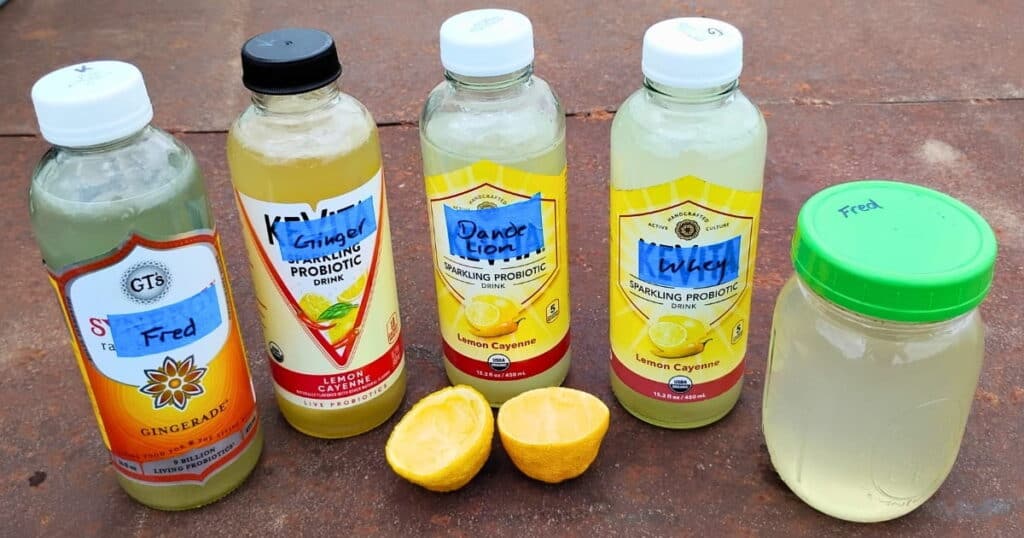
Now that we’ve discussed all the starters we can use, let’s get to the recipe
Equipment
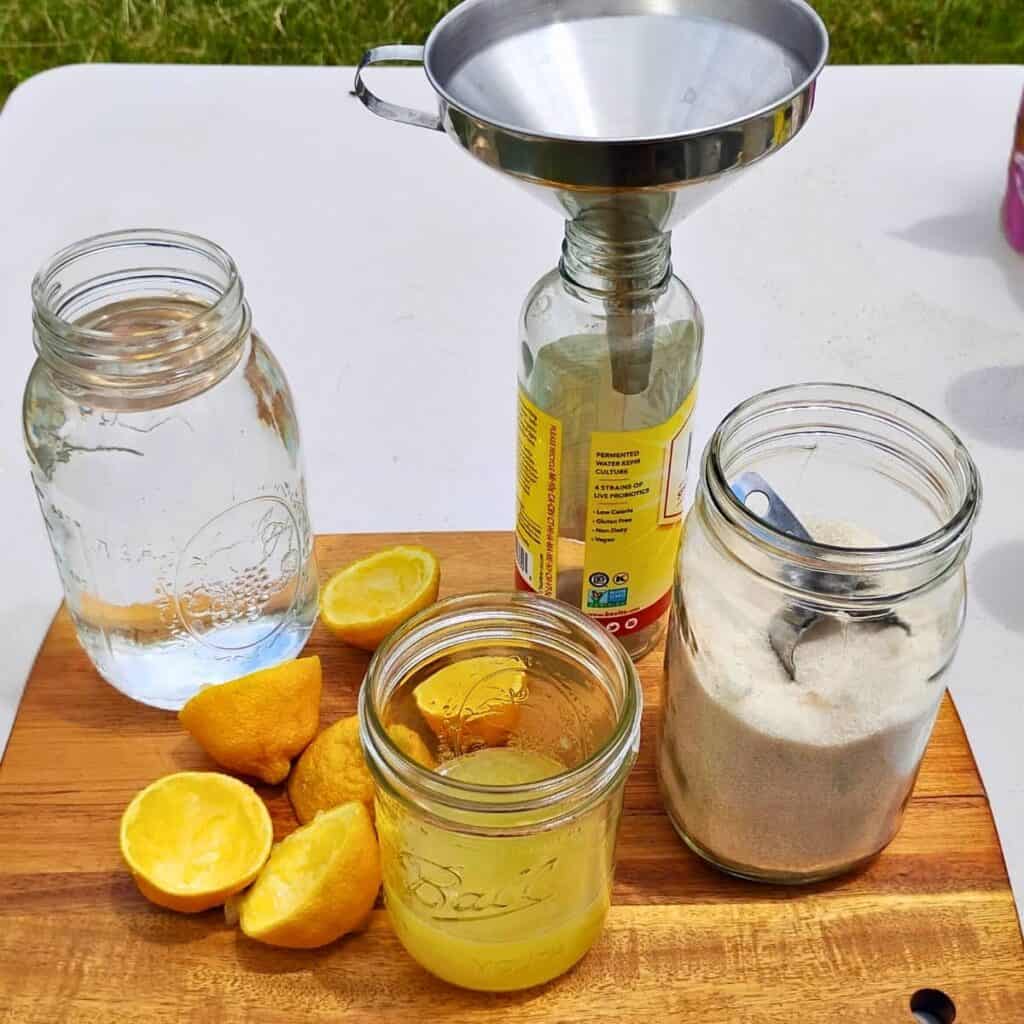
Funnel – Must have for narrow bottle necks.
Grolsch type bottles – these work best, but tight sealing reused bottles that are made for pressure work well too. I like to reuse Kombucha and Kefir bottles that I bought from health food stores over the years. I’ve also used canning jars, but I heard that they are not meant for high pressure inside. I also found that the narrow, tall grolsch bottles for brewing, make the best carbonation. So if you like brewing your own sodas, I consider them a worthwhile purchase.
Strainer – use nylon or stainless steel strainers. You could also use a piece of cloth.
Ingredients
I always recommend choosing organic ingredients for better health.
Soda Starter – Select the starter you want to use. Read about the details above.
- Water kefir (this starter needs to be purchased)
- Whey (make your own)
- Ginger bug (make your own from scratch)
- Dandelion bug (make your own from scratch)
Sweetener – I use unrefined evaporated cane juice, panela sugar, sucanat, or similar cane sugar products. Coconut sugar, honey or maple syrup would work as well. A note of caution about honey: young children under 1 year old should not be given honey.
Fresh squeezed lemon juice – Fresh lemon juice is much better than bottled, but I keep a bottle of organic lemon juice on hand for the times when I can’t get fresh organic lemons easily. When I do get the fresh ones, they come in bags and I like to squeeze them all and freeze the extra juice for next time.
Filtered water – Chlorine in the water can hurt your microbes and you too. It’s best to filter the water if you use tap water or let it stand in an open container for 24 hours so the chlorine can evaporate. I use trucked in well water or rain water and run it through my berkey filter unit.
You could also use bottled water, and well water is fine straight up if it’s potable. The microbes like the minerals that are in water, so if you’re using a reverse osmosis filter system that filters out all the minerals, you’ll want to add some back in.
You can add a pinch of mineral salt like Redmond’s Real Salt, Himalayan Pink Salt, Celtic Sea Salt or any unrefined sea salt. You could also add a little molasses, a few raisins, or a pinch of baking soda. If you use rapadura or sucanat sugar, you shouldn’t have to add extra minerals, because they contain a good amount naturally.
Instructions For Fermented Lemonade Soda Recipe
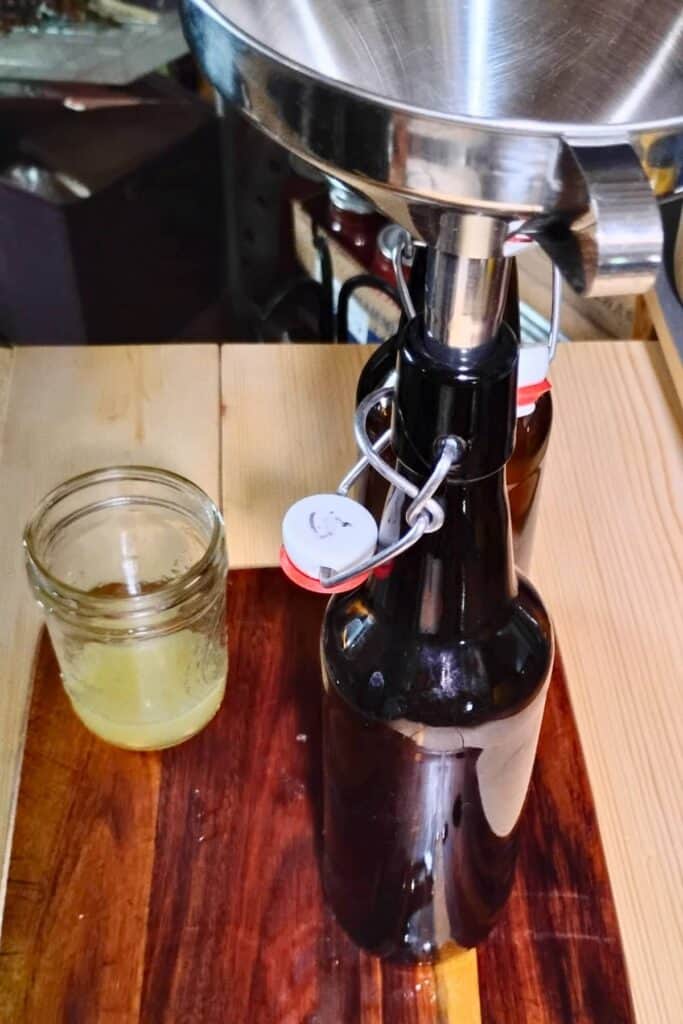
Place your funnel into the bottle opening.
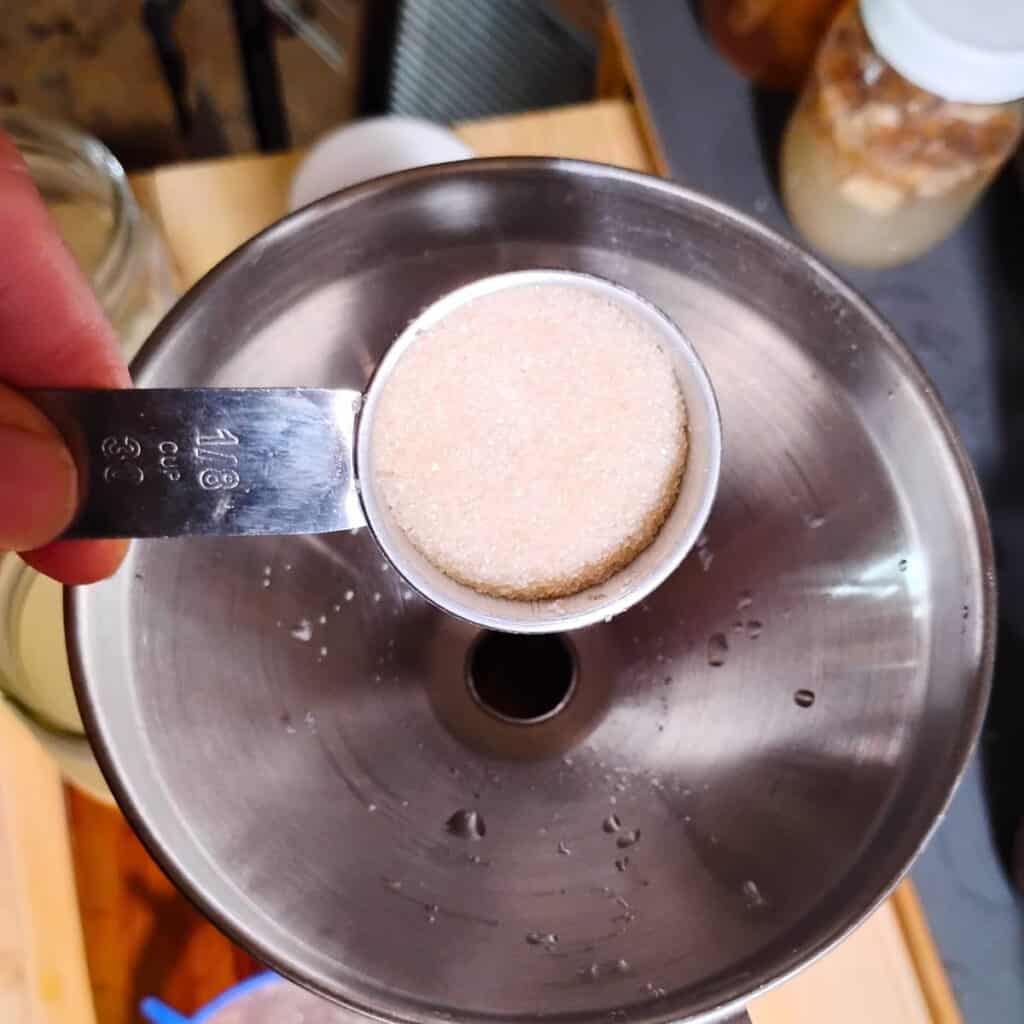
Add the sugar to the bottle
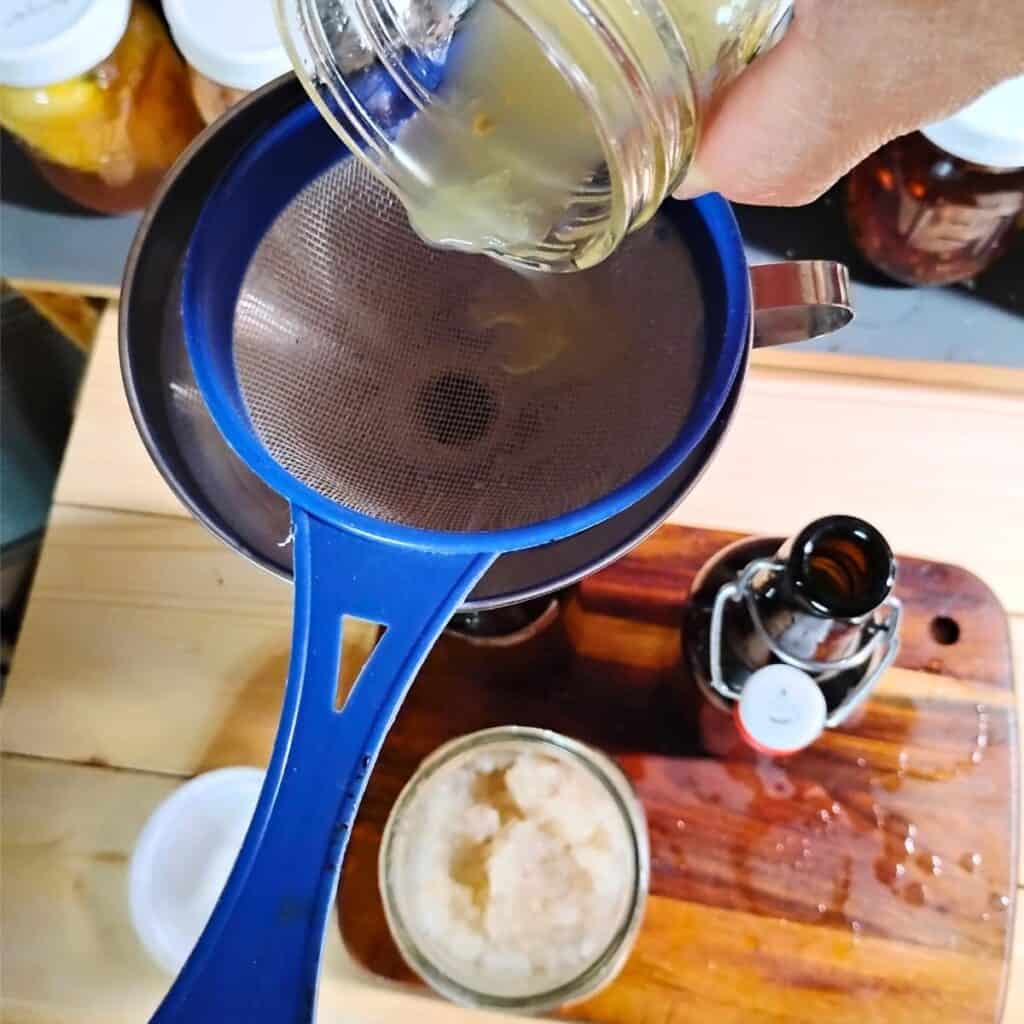
Place the strainer into the funnel and pour the lemon juice through the strainer unless you want the pulp in the bottle too. In that case, skip the strainer and just pick out the seeds (you can plant them, that’s what I did!).
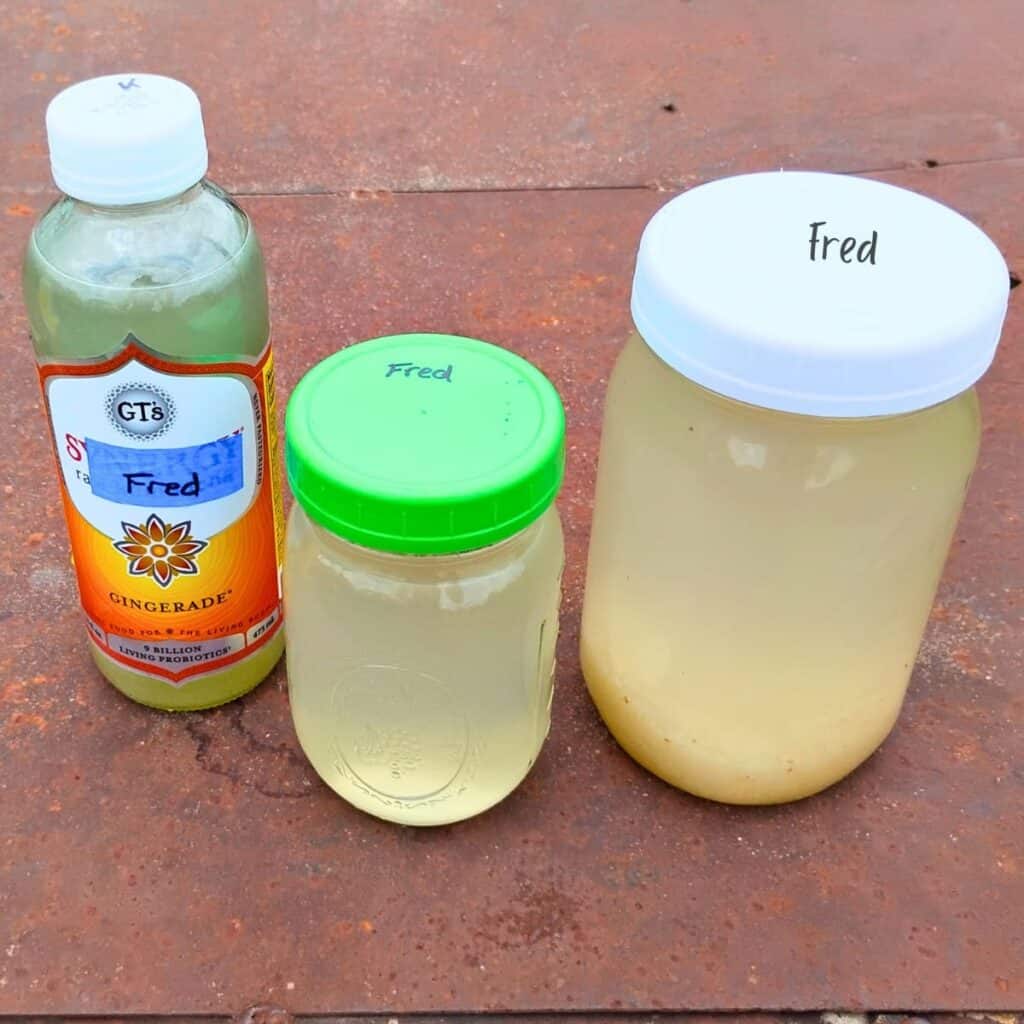
If you are using water kefir, pour enough to fill the bottle to within 1-2 inches of the top.
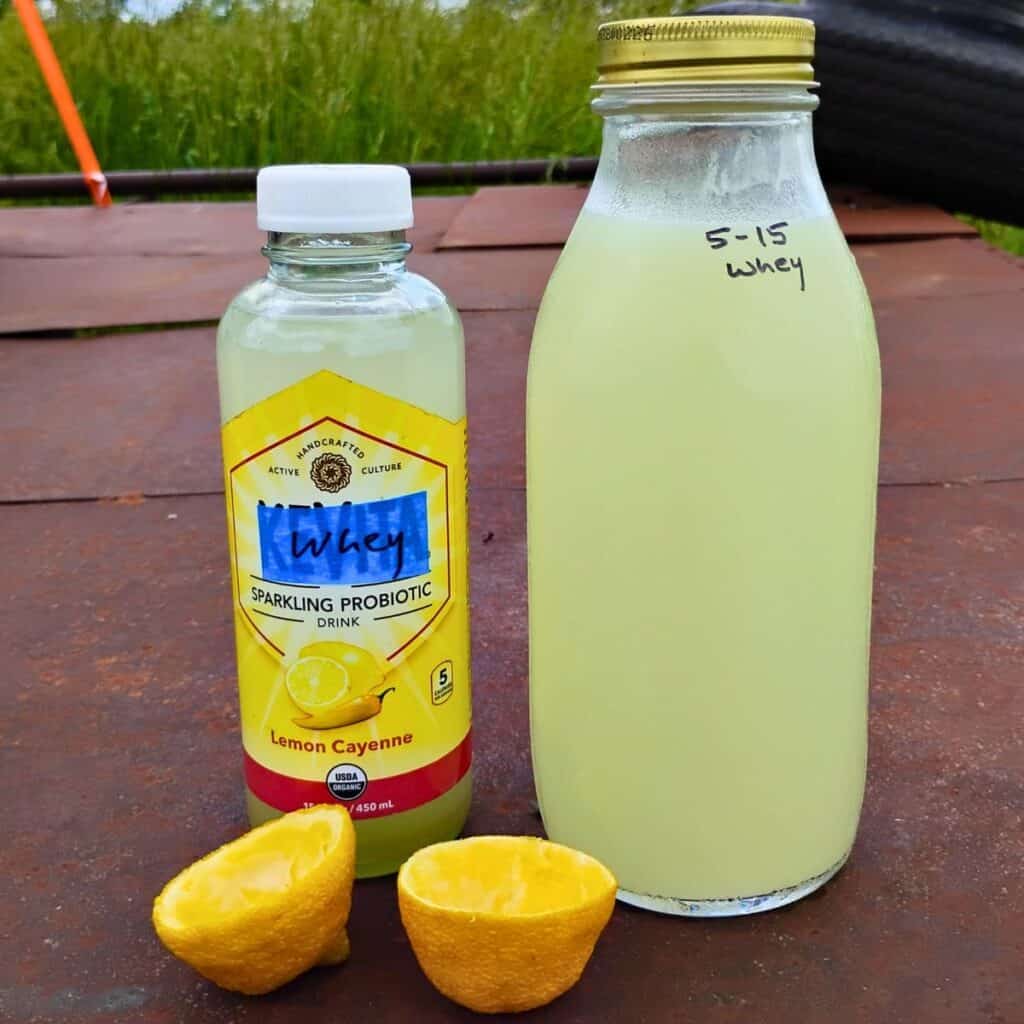
In case you are using whey, you can either measure out the whey starter or use just whey and fill the bottle to within 1-2 inches from the top
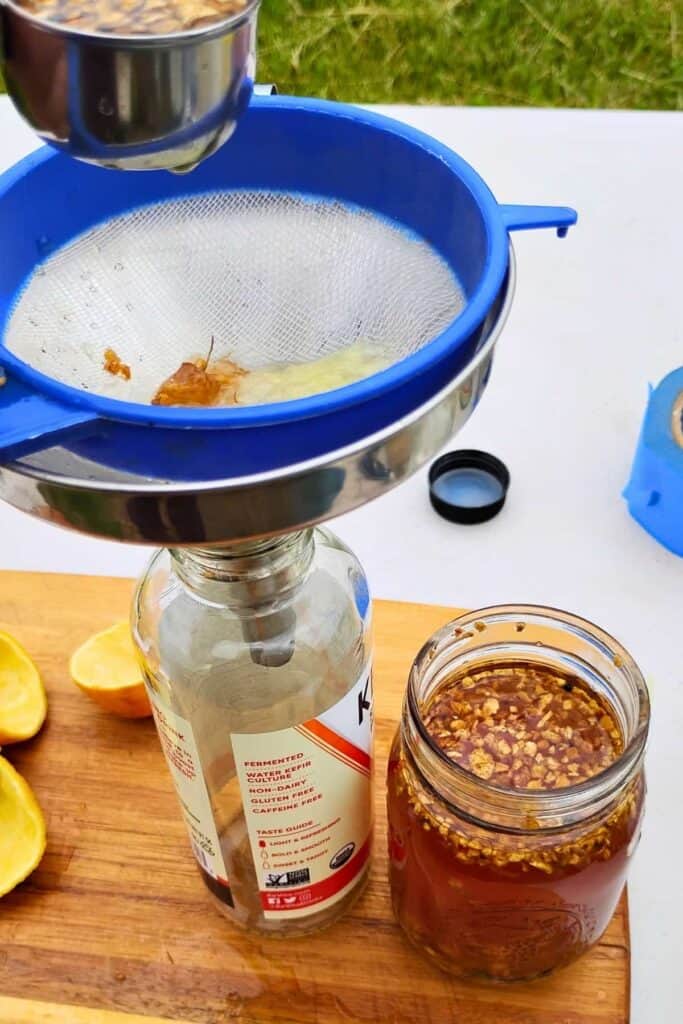
If you are using any other culture, measure it out and pour it into the bottle.
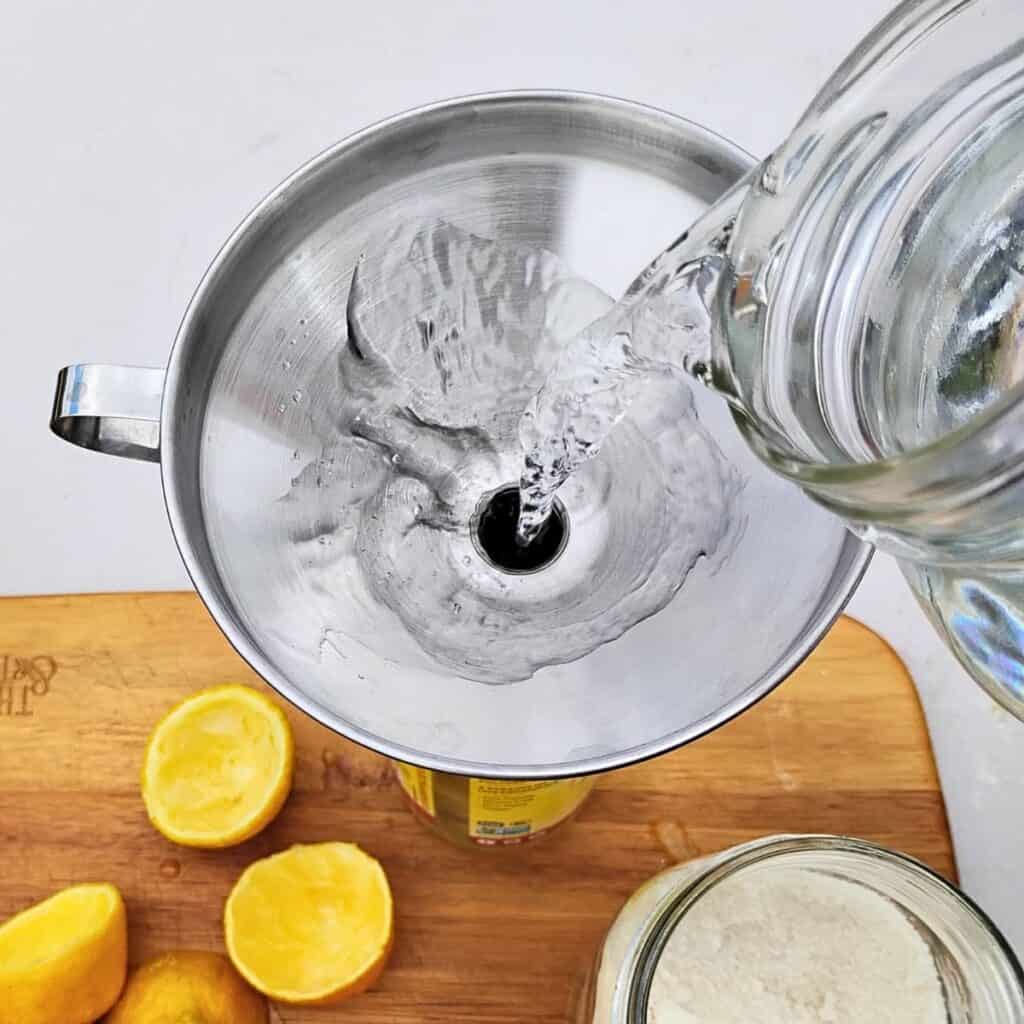
Fill with filtered water to within 2 inches from the top.
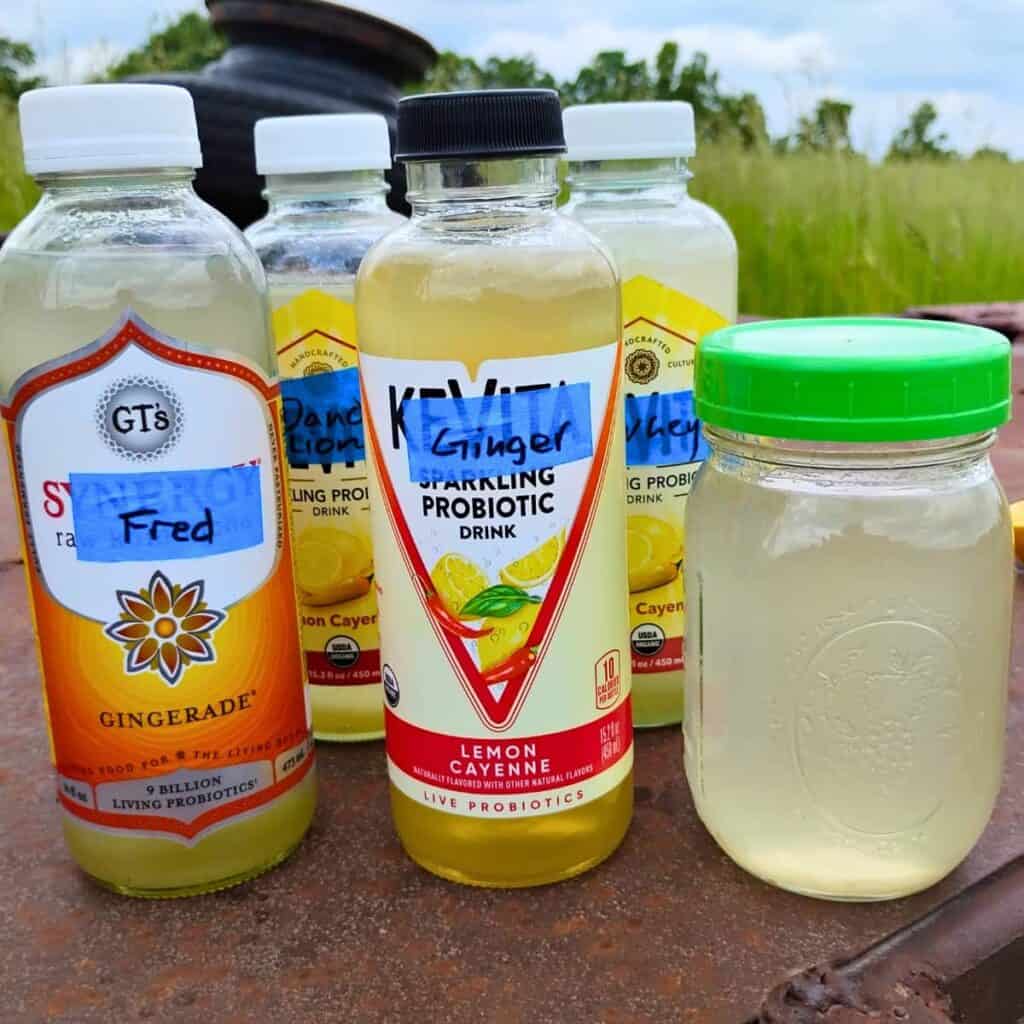
Cap tightly and place in a warm spot, out of direct sunlight, to ferment.
Fermentation and Maintenance
Depending on your room temperature and the strength of your starter, your soda might be done in 24 hours. Most of mine take 48 hours to three days at 70-80 degrees.
Release the pressure once or twice a day to keep the bottle from getting over-pressured. This can also help you determine if it’s a good time to refrigerate it.
Once I get a good fizz coming from the bottle when I open it, I leave it for another 12 to 24 hours and then refrigerate it. I like most of my sugars to be eaten by the bacteria, as I don’t like super sweet sodas. The longer it ferments, the less sweet it will become, but the alcohol content will also increase.
When you release the pressure, do so very carefully. If you have a lot of pressure built up in the bottle, you might get a volcano reaction from the contents as they will shoot out of the bottle.
So it’s a good idea to check over the sink or outside just in case, and be prepared to recap quickly if it starts to do that so you don’t lose all your content. Place it into the fridge before you try to open it again to make sure it’s cooled way down. That helps tame it a little.
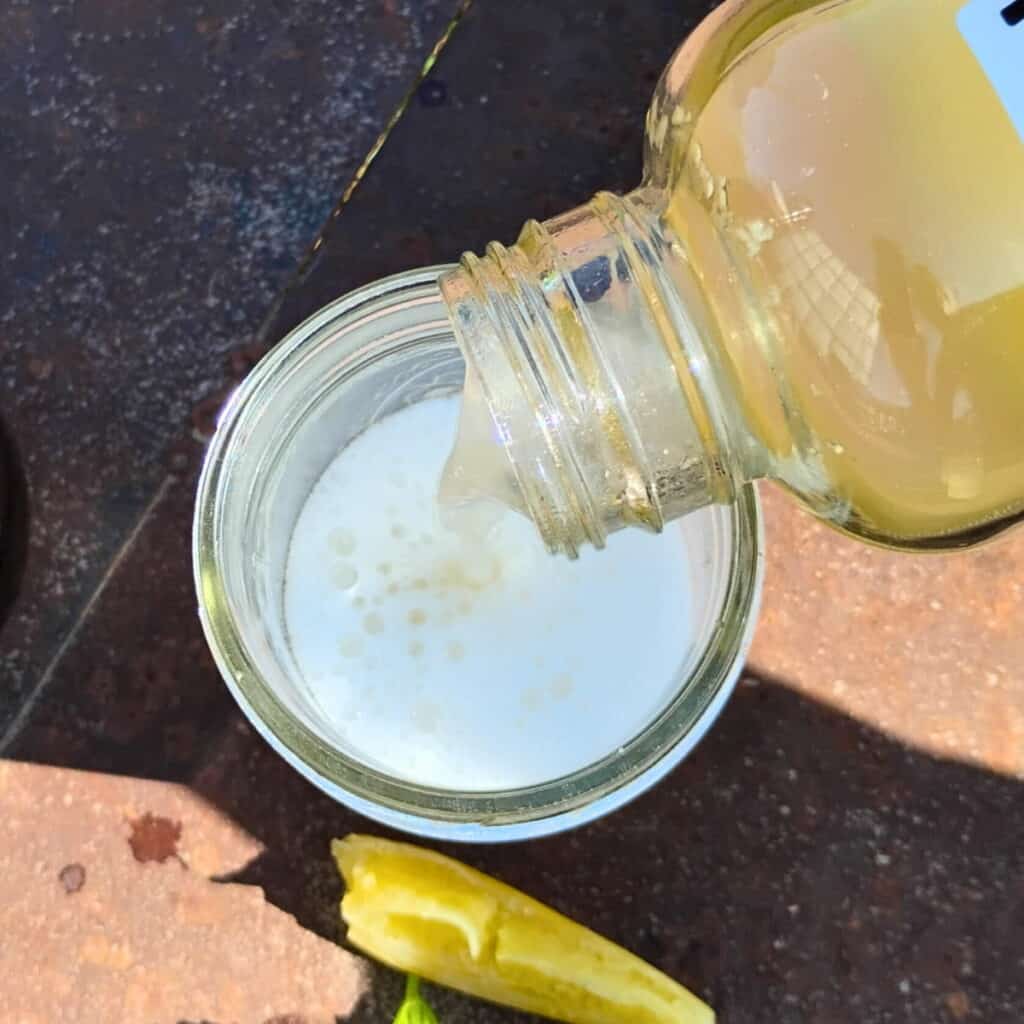
Then pour yourself one!
Once in the refrigerator, your soda will keep tasty for several weeks. It might get a little less sweet over time as the bacteria are still feeding, although not nearly as much as when it’s warm.
Cautions:
Making soda is super easy and rewarding. Just be aware of the rare possibility that your bottle might rupture from the pressure. There are two reasons for this.
One, the bottle might not have been designed for pressure. So be sure to use a bottle that is meant for this like the grolsch bottles that are sold for brewing beer. When you reuse bottles, use ones that had fermented soda such as kombucha in them before. I reuse my old Kevita bottles for this and they work very nicely.
Another reason for over pressure can be that your ferment is super active or you forget to release the pressure while it’s actively fermenting. So don’t forget to open it once a day for a moment while it’s fermenting on the counter.
Some people stick their bottles into a box while they are fermenting, so in case one of the bottles explodes, the glass won’t scatter everywhere.
Flavor Ideas For Fermented Lemonade
You can most certainly flavor your sparkling lemonade with extra flavors. I suggest you make a few batches of the plain lemonade to get a feel for making these natural, brewed sodas and then start experimenting if you like. Here are some ideas for starters:
Add fruit juices, raisins, blended fruits and even blended greens.
Get creative with combinations such as mango and pineapple, strawberry and rhubarb, kiwi and lime, watermelon and mint, blueberry and lemon balm, or cranberry orangeade.
You can make ginger syrup (my ginger beer making article has a recipe for ginger syrup) and use that instead of sugar and water. Then just add the lemon juice.
For a great immune booster, try Elderberry syrup and leave out the extra sugar.
Use your imagination to flavor your refreshing lemon soda made from scratch. The possibilities are endless when you make it yourself!
Adjustments and Customization
If you like your soda very sweet, use more sugar or honey.
You can let it ferment longer if you don’t get much carbonation after a couple of days. If your room temperature is low, it might take a few extra days to get good carbonation. If you’re in a hurry, place your soda close to a heat source. A higher amount of sugar can also help speed things up.
If your soda tastes too sweet, let it ferment for another day or two so the microbes have more time to process the sugars in your soda. Just remember to keep burping it to release pressure once or twice a day.
Your Questions answered
Does homemade Fermented Lemonade contain alcohol?
Homemade soda is not considered an alcoholic beverage. However, it can contain a small amount of alcohol. It is normally under 1%, less than the alcohol content in ripe fruit. We don’t add enough sugar to create high amounts of alcohol. However, if you added a lot more sugar and fermented the soda for several days after it starts to carbonate, you might get a bit higher alcohol content. That is just what happens when yeasts are at work in anything. I never taste alcohol in my sodas.
What is Fermented Lemonade?
We can ferment lemonade by using a starter culture or yeast. This produces a fizzy, carbonated soda with many health benefits and much less sugar than commercial soda.
Are Fermented Drinks Healthy?
Depending on your choice of ingredients, Fermented drinks can be very healthy. They will contain probiotics, extra nutrients and vitamins, and they can improve your gut microbiome. A healthy gut can provide countless health benefits. Unlike commercial sodas, they have wholesome ingredients, much less sugar, boost your immune system, and much more.
Enjoy your awesome homemade Fizzy Lemonade Soda!

You’ll be so happy to have this lemonade in the fridge for the next time you or your kids are thirsty on a hot day. It’s super refreshing and you can feel good about serving it. While it does contain some sugar, much of what you put in it gets eaten up by the bacteria and turned into lactic acid. So your sugar content is pretty low and the benefits are really high. A great alternative to grocery sodas, wouldn’t you agree?
Let me know in the comments if you love this homemade sparkling lemonade. What other flavors of probiotic soda have you tried?
Join up to get updates on growing and using foods on the homestead. I’ve created a newsletter just for you, so you’ll never miss a new post or any homestead tips I share!
More Content Like This
Ginger bug recipe Meet the ginger bug and learn how to get one started for yourself. It’s the vital ingredient to making an old fashioned home brewed non-alcoholic soda that will rock your socks off!
Dandelion Bug recipe An alternative to ginger bug if you’d rather use a local, foraged source for your soda starter culture. Dandelion root works fantastic for making healthy homemade sodas!
Naturally carbonated Hibiscus Soda – A beautiful deep red, naturally tangy and refreshing soda that’s full of health benefits and probiotics!
Best ginger beer recipe: fizzy, delicious, healthy! Create your own non-alcoholic ginger beer from scratch, using ginger bug.
Awesome Uses For Whey – Save the whey! And use it in dozens of ways. You’ll find something to do with whey for every single drop. It’s nutritious, versatile, healthy, and makes great fizzy sodas!
Health benefits of ginger beer Learn all about the awesomeness of ginger.
Switchel Recipe – A refreshing electrolyte drink for hydration during summer activities.
Healthy Ginger Ale Recipe for a quick refreshing pick-me-up!
Preserved Lemon Confit – Preserving lemons is not just a great way to add storage life to citrus, and it transforms the humble lemon into a delicacy. Great for flavoring beverages too!
How To Grow Ginger At Home – All about growing ginger from start to harvest. Grow it in the garden, greenhouse, or in pots. Plus how to store or preserve ginger, and how to use it.
Shop This Post
Berkey filter
Organic fresh ginger root
Organic bottled lemon juice
Organic lime juice
ginger juice
Funnel
Grolsch type bottles
Evaporated cane juice
Panela, sucanat
Coconut sugar
Honey
Maple syrup
Strainer
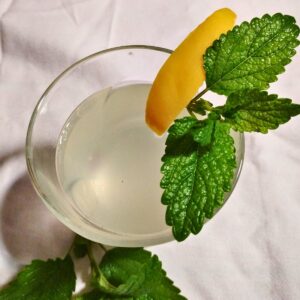
How To Make Sparkling Lemonade From Scratch
Equipment
- funnel – Must have for narrow bottle necks
- Fermentation bottles – Grolsch type bottles, canning jars or tight sealing random bottles that are made for pressure.
- strainer
Ingredients
- 2 tbsp Soda Starter – Choose from water kefir, whey, ginger bug, or dandelion bug.
- 2 tbsp Organic sweetener (more if you like it sweeter) – You can use Evaporated cane juice, panela sugar, sucanat, or similar cane sugar products. Coconut sugar, Honey or maple syrup would work as well. Table sugar works too, but is not as healthy. A note of caution about honey: young children under 1 year old should not be given honey.
- 2 tbsp Fresh squeezed lemon juice – Fresh lemon juice is much better than bottled, but I keep a bottle of organic lemon juice on hand for the times when I can’t get fresh organic lemons easily.
- Filtered water – Enough to top off the bottle. Chlorine in the water can hurt your microbes and you too. It's best to filter the water if you use tap water or let it stand in an open container for 24 hours so the chlorine can evaporate. You could also use bottled water, and well water is fine straight up if it's potable.
Instructions
- Place your funnel into the bottle opening.
- Add the sugar to the bottle
- Place the strainer into the funnel
- Pour the lemon juice through the strainer unless you want the pulp in the bottle too. In that case, skip the strainer and just pick out the seeds (you can plant them, that’s what I did!).
- If you are using water kefir, pour enough to fill the bottle to within 1-2 inches of the top. You can also use less water kefir and add a little water if you don't have enough to fill the whole bottle.
- In case you are using whey, you can either measure out 2-4 tablespoons of whey starter or use only whey and fill the bottle to within 1-2 inches from the top
- If you are using any other culture, measure out 2 tablespoons, pour it into the bottle and fill with filtered water to within 1-2 inches from the top.
- Cap tightly and place in a warm spot, out of direct sunlight, to ferment.
- Depending on your room temperature and the strength of your starter, it might be done in 24 hours. Most of mine take 48 hours to three days at 70-80℉ room temperature.
- Release the pressure once or twice a day to keep the bottle from getting over-pressured. This can also help you determine if it’s a good time to refrigerate it.
- Once I get a good fizz coming from the bottle when I open it, I leave it for another 12 to 24 hours and then refrigerate it. I like most of my sugars to be eaten by the bacteria, as I don’t like super sweet sodas.
- When you release the pressure, do so very carefully. If you have a lot of pressure in the bottle, you might get a volcano reaction from the contents as they will shoot out of the bottle. So it’s a good idea to check over the sink or outside just in case, and be prepared to recap quickly if it starts to do that so you don’t lose all your content. Place it into the fridge before you try to open it again to make sure it’s cooled way down. That helps tame it a little.
- Once in the refrigerator, your soda will keep tasty for several weeks. It might get a little less sweet over time as the bacteria are still feeding, although not nearly as much as when it’s warm.
Notes
Cautions:
Making soda is super easy and rewarding. Just be aware of the rare possibility that your bottle might rupture from the pressure. There are two reasons for this. One, the bottle might not have been designed for pressure. So be sure to use a bottle that is meant for this like the grolsch bottles that are sold for brewing beer. When you reuse bottles, use ones that had fermented soda such as kombucha in them before. I reuse my old Kevita bottles for this and they seem to hold up very nicely. Another reason for over pressure can be that your ferment is super active or you forget to release the pressure. So don’t forget to open it once a day for a moment as long as it’s out on the counter. Some people stick their bottles into a box while they are fermenting, so in case one of the bottles explodes, the glass won’t scatter everywhere.Enjoy your awesome homemade Sparkling Lemonade!
You’ll be so happy to have this lemonade in the fridge for the next time you or your kids are thirsty on a hot day. It’s super refreshing and you can feel good about serving it. While it does contain some sugar, much of what you put in it gets eaten up by the bacteria and turned into lactic acid. So your sugar content is pretty low and the benefits are really high. A great alternative to grocery sodas wouldn’t you agree?Pin This Post
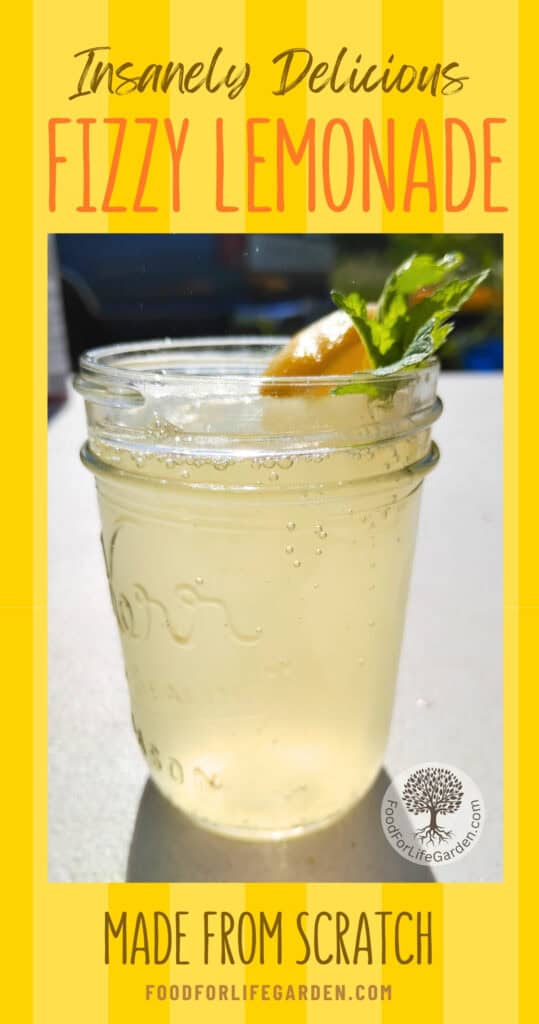

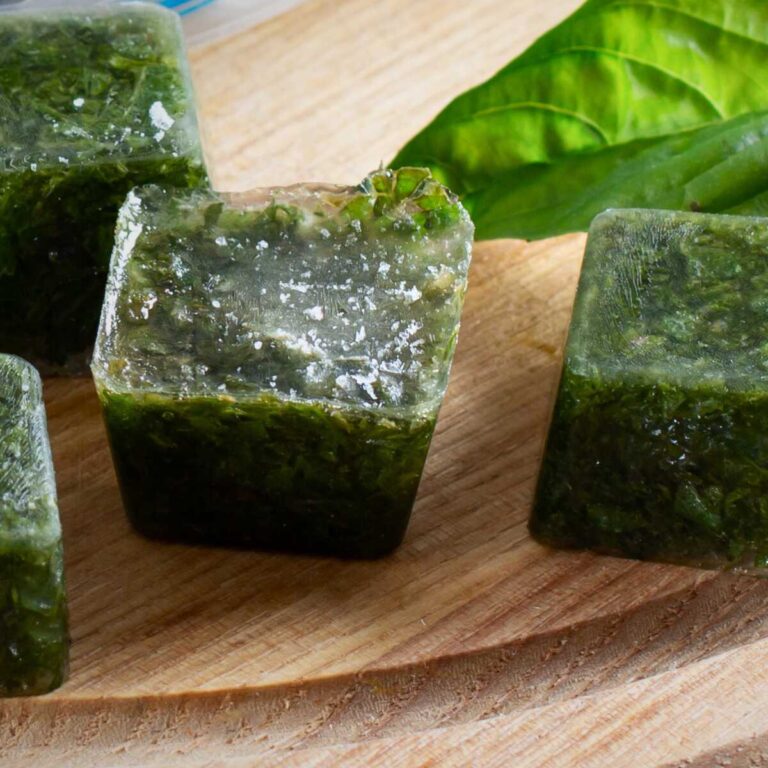

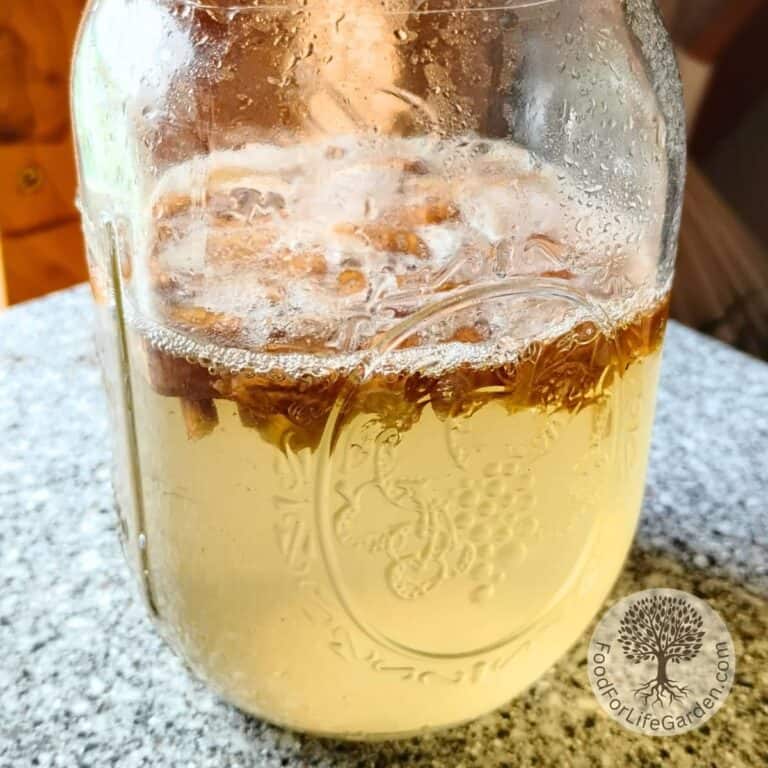
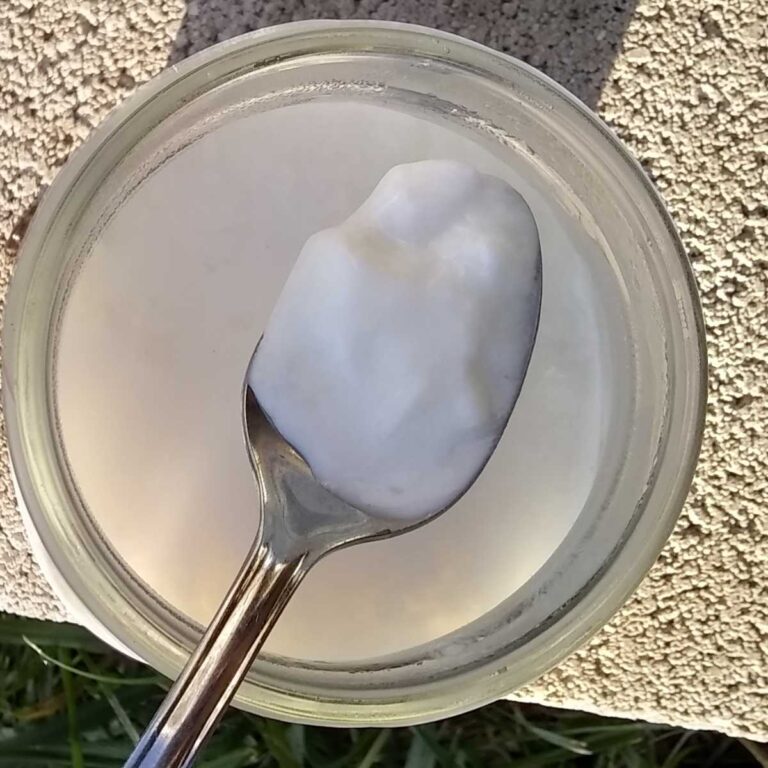
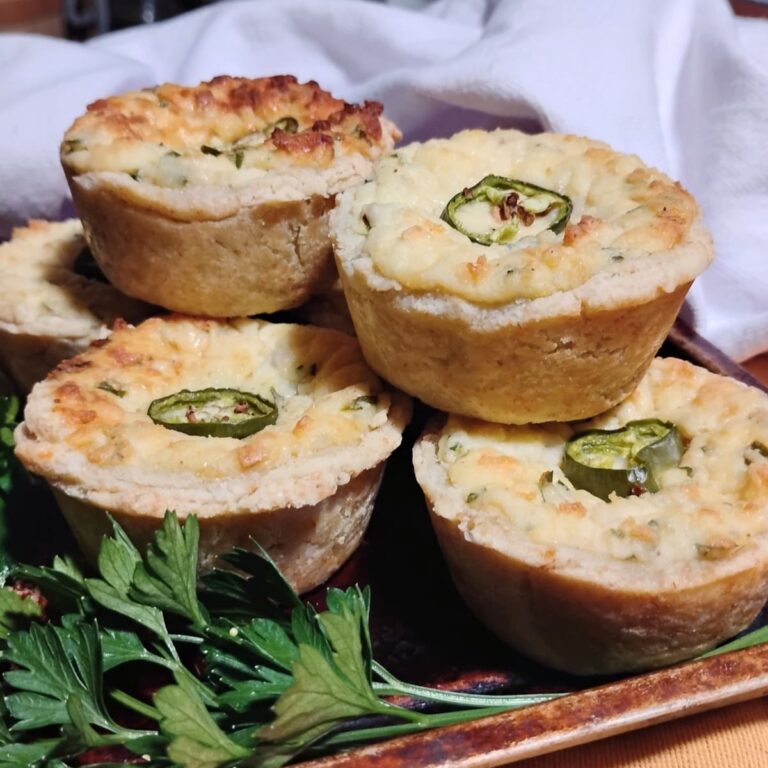
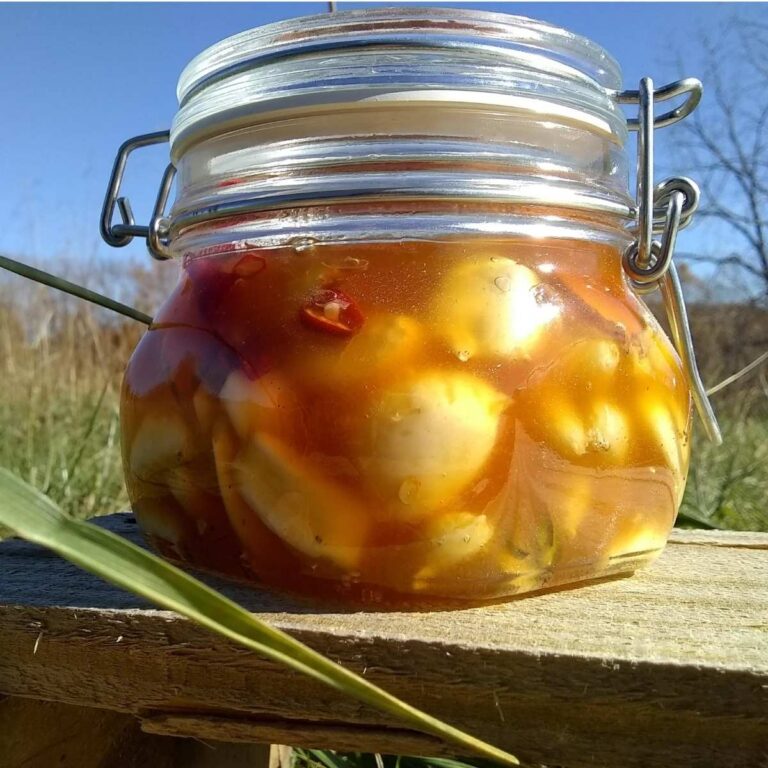
If you love lemonade, you need to try this brewed lemonade with extra health benefits from fermentation and the fizz you love in a soda. It’s great for a hot summer day! If you have questions, you can ask me here in the comments.
This sounds delightful! I can’t wait to try it out this summer.
Hey Heidi! This is so interesting, I had no idea you could use dandelions to make fermented drinks!! I’m gonna try the dandelion and whey recipes because those are certainly two things I have available and don’t usually know what to do with (until now). We are definitely not soda drinkers, but my 5-year-old loves soda, so I’m gonna treat him with this delicious and healthy one, perfect for summer! Thanks for sharing 🙂
I love that there are so many ways to make a fermented lemonade! We have water kefir grains ready to go but have not used them yet – it’s a little bit intimidating at first (though I am sure it’s the same thing as sourdough, once you do it, you get hooked and it’s not as hard of a process to keep going!).
Thank uyyou for sharing!
How fun! We haver made soda before! This looks so goid & fun to make!
I love your content! Your post are always full of so much good information! Will refer to this again later!
Wow! This looks refreshing! Can’t wait to try it!
Our family loves everything lemon and I’m sure they’d be super excited about having lemon soda as we are a soda free house…but this is healthy so I am intrigued. Thanks so much going to be saving this for later!!
Thank you for all the information, I will definitely be back to read up on more of the fermenting starters. Can’t wait to try lemonade with my whey and water keifer grains.
I want to hang out in your kitchen, chatting and drinking fizzy probiotic lemonade soda! You always have to most amazing suggestions. Thanks for sharing!
Yum!! And the health benefits of this beverage, wow! This post is so informative and easy to follow. Thank you!
Love that this is a gut healthy treat!
These sound amazing! I love anything fermented! I’ve always wanted to try water kefir. I do make my own kombucha, which is delicious. Thank you for sharing!
This is a great article! I appreciate especially the different options for the starter. I’ve done it with whey and water kefir, but I imagine ginger bug would taste great. It’s great to have treats like this that taste so good but with low sugar and additional gut benefits. I agree that commercial soft drinks are too sweet to really enjoy.
I love this soda with all of the different starters. It’s fun to try it different ways. Glad you liked this.